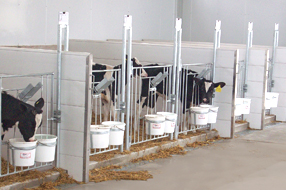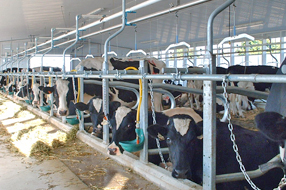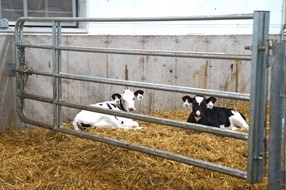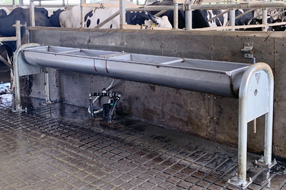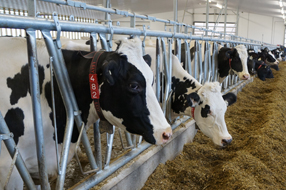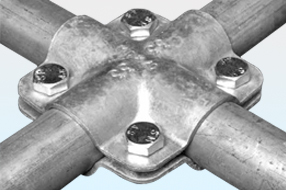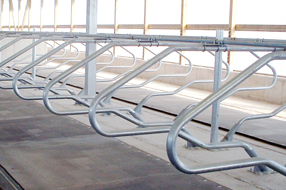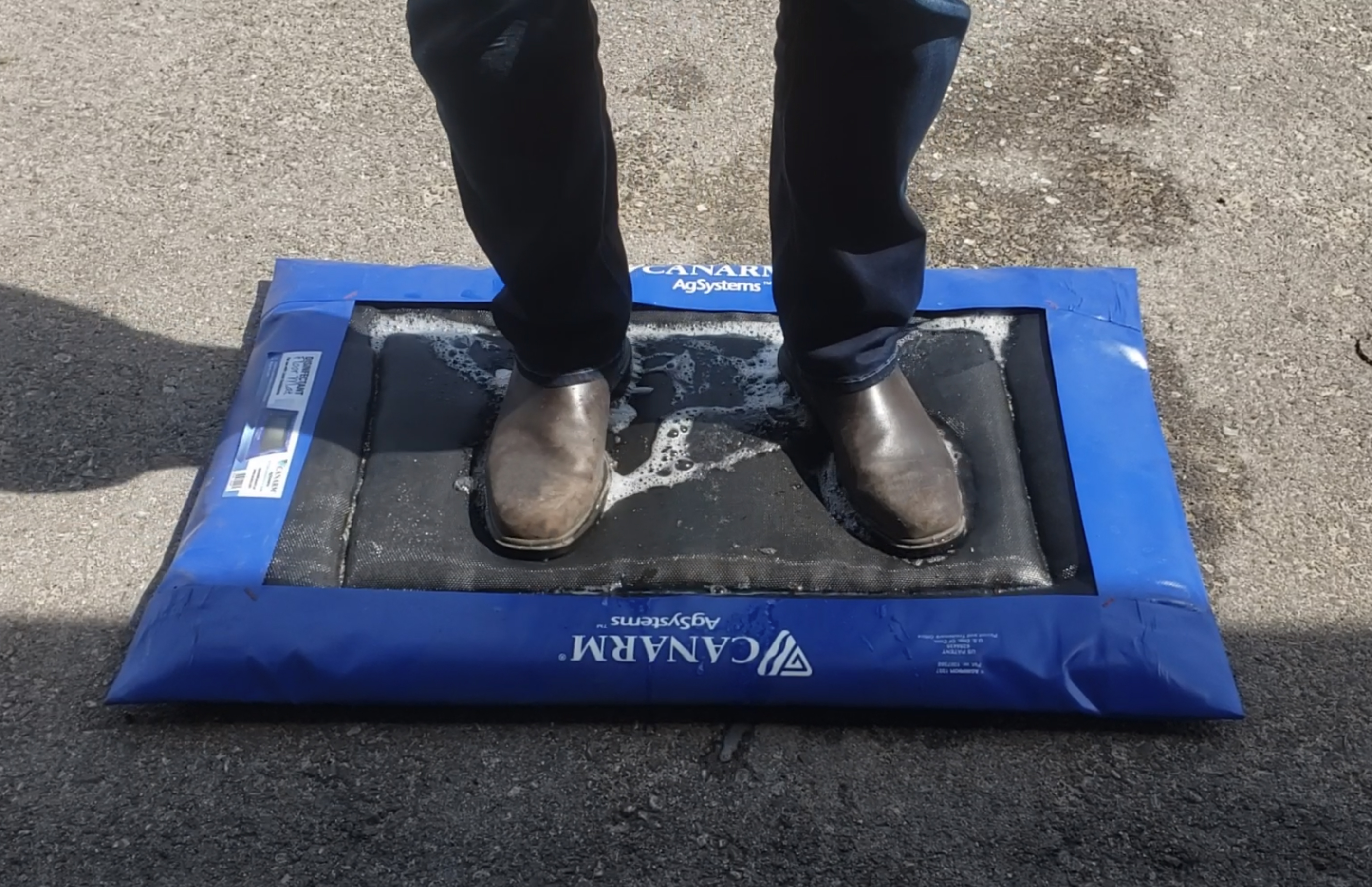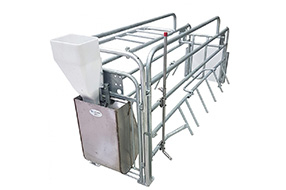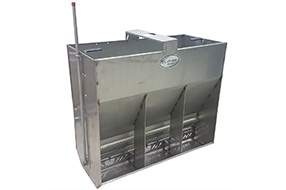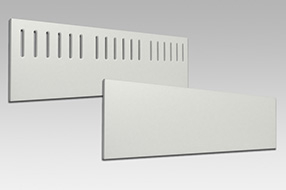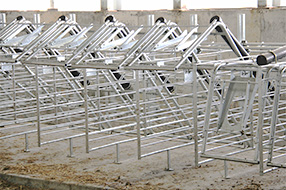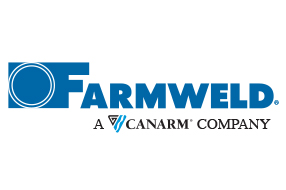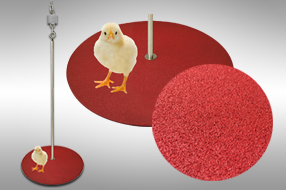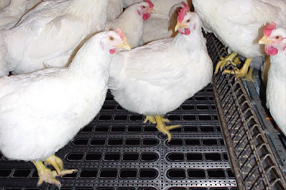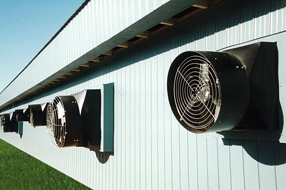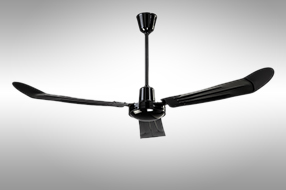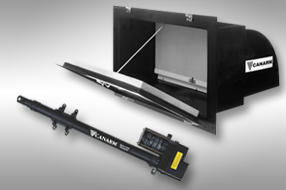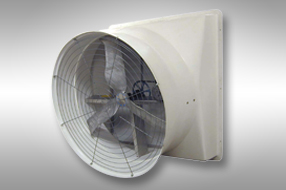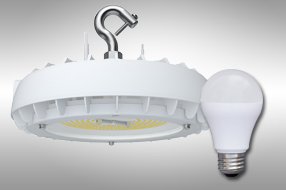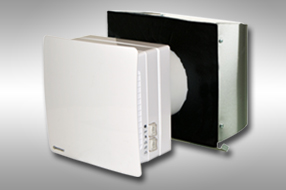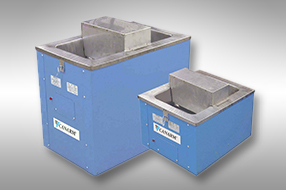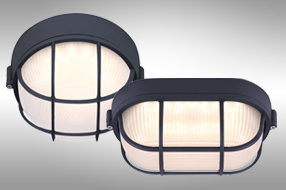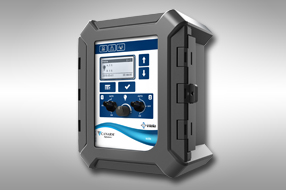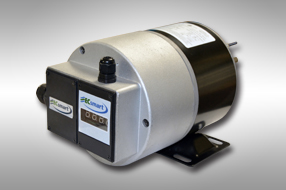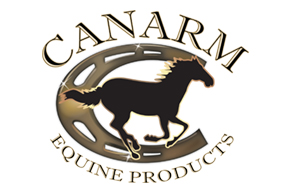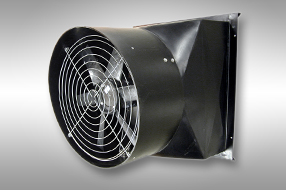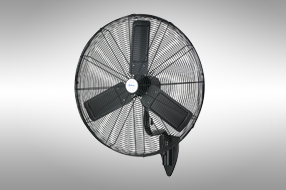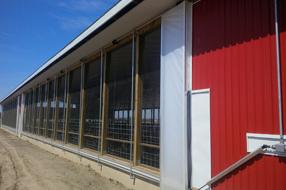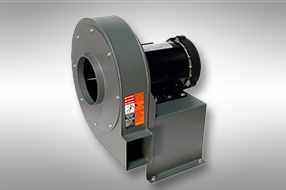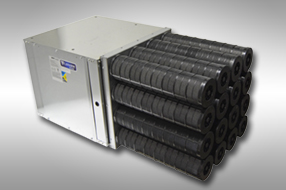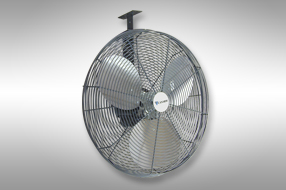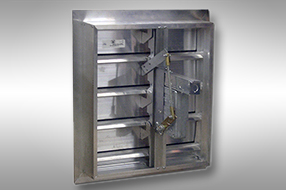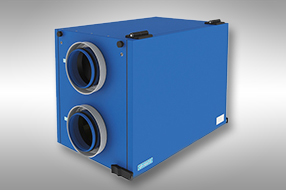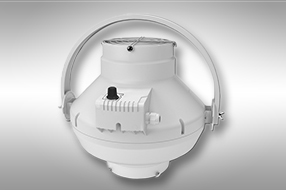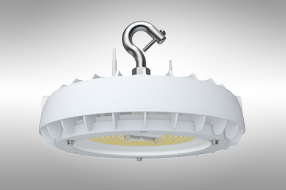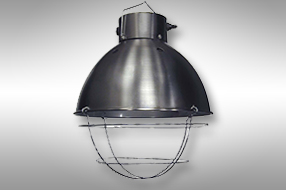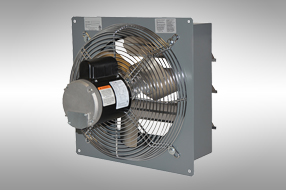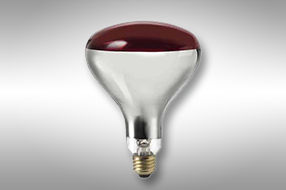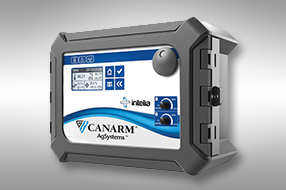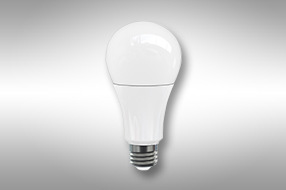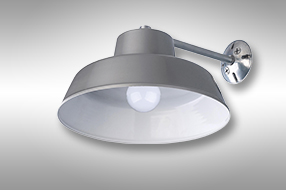Equine Ventilation
Help Your Horses Breathe-Right
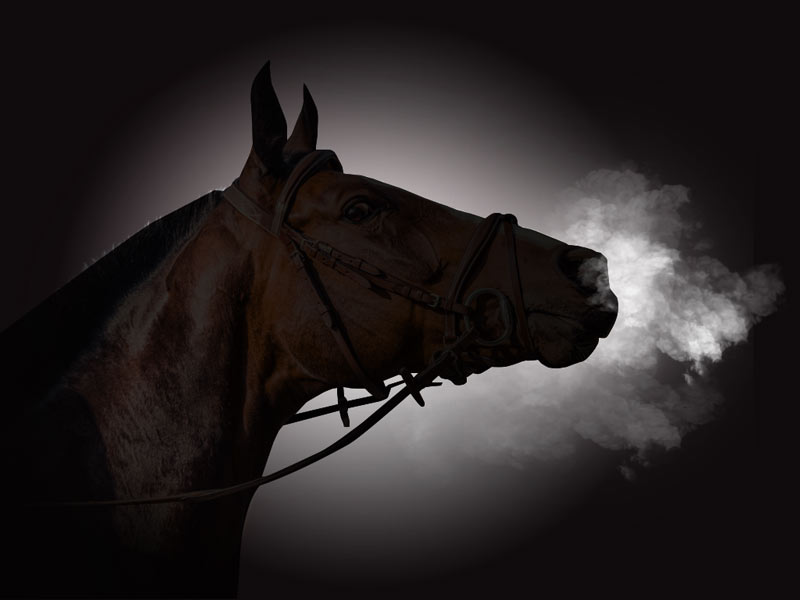
Proper ventilation positively impacts environmental conditions for both your horses and workers. It can assist with:
- Bringing fresh air into the barn during the winter months without changing the inside temperature! (Breathe-Right HRV)
- Improved Environmental Conditions (odor control)
- Reduction of Health Risks to horses & workers
- Minimization of building-deterioration problems (ie. Condensation)
- Fly Control
- Cooling
The objective of ventilation is simply to provide fresh air to the horse through the process of air exchange and air distribution. Both processes should occur to provide optimal ventilation and maintain good air quality, which reduces the chance of respiratory problems.
At its simplest, natural ventilation can be achieved through openings in the building in which fresh air can enter and stale, odiferous air can exit. Circulation and exhaust fans can be used to supplement natural ventilation to ensure optimal air quality.
A 2003 study1 by Penn State's Dr. Eileen Fabian Wheeler - an associate professor of agricultural and biological engineering - suggests minimum recommendations on how much ventilation is required for every 1,000-pound horse. A fans’ power is determined by how many cubic feet of air it can exchange per minute (cfm). In cold temperatures, one horse will require a fan that has a minimum 25 cfm rating for effective moisture control. Mild weather requires fans with a 100 cfm rating for heat removal, while hot temperatures necessitate fans with 200 - 350 cfm ratings for a single horse.
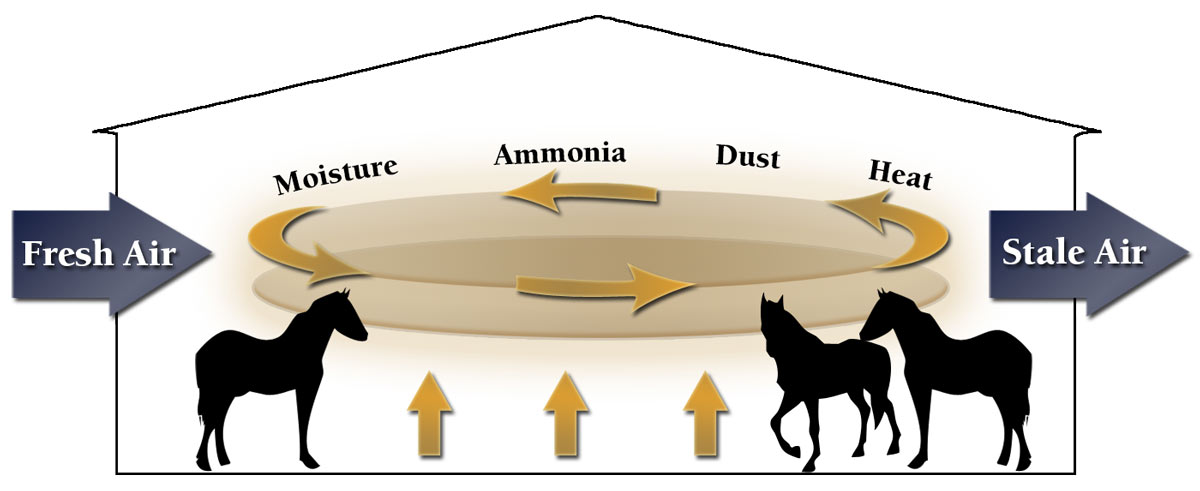
How do I ventilate?
Four types of fans that can be used to ventilate your horse barn:
- Circulation Fans can be wall mounted, hung from rafters or portable, floor models with a pedestal base can be conveniently situated where needed and easily moved. However, unless the fan is placed by a window or opening, it will only recirculate existing air in the barn. To increase airflow to a more diverse area of your barn, use oscillating models.
- Ceiling Fans. Canarm offers a wide variety of decorative and heavy-duty stable fans that are both stylish and functional. Ceiling fans are ideal for cooling purposes and can also be used for mosquito and fly control. However, ceiling fans must be placed well above the range of your horse’s head, so a high ceiling to mount them is required.
The sometimes harsh environment of a barn has the potential to interfere with proper fan function. Canarm AgSystems’ heavy-duty stable fans and high performance ceiling fans are specially sealed to keep dust, dirt and moisture from accumulating to ensure consistent fan performance. - Exhaust Fans are installed on the barn wall or roof. These fans offer the most powerful motor of the four fan types and are capable of moving the most air in a closed setting.
- Heat Recovery Ventilators. Canarm AgSystems’ innovative Breathe-Right HRV provides ventilation for fresh air intake and stale air exhaust during the winter. It is ideal for horse stalls and smaller areas.
More information on the Breathe-Right HRV
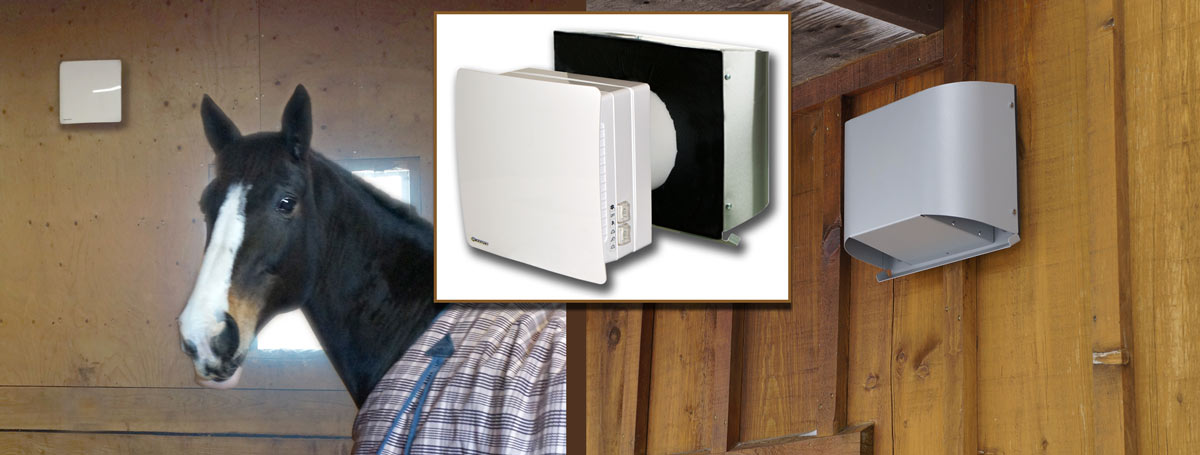
This ventilator is designed for both exhaust and intake ventilation with heat recovery function. So, how does it work?
When warm, stale air is extracted from a room, it passes through the ceramic energy core where the heat and moisture is being accumulated. The heat is stored and the moisture is released outside. After the ceramic core heats up, the ventilator automatically switches to supply (air intake) mode.
As the clean, fresh air from outside passes through the ceramic energy core, it absorbs moisture and it warms up from this accumulated heat. As the temperature of the accumulator drops down, the fan switches to extract mode and the cycle is renewed. The ventilator changes its operation mode for supply or extract ventilation every 70 seconds.
The Breathe-Right HRV consists of several components.
- MERV6 air filter for Antibacterial treatment. Two G3 built-in filters provide fresh air free of dust, pollen, and insects.
- Reversible axial EC fan - The latest EC-motor technology ensures low energy costs. The motor has integrated overheating protection and ball bearings for longer service life.
- Ceramic ERV core - The ventilator includes a high-tech polymer ceramic energy accumulator with ARE 90% @ 32 F. Antibacterial treatment. No defrost needed.
In addition to fans, what else do I need?
Controls. Environmental controls are the core of any ventilation system. It is important that you have proper controls to adjust and set your heating, cooling, air inlets, etc.
Control durability is also imperative to ensure continued, successful operation in the harsh environment of an equine facility.
At Canarm AgSystems, we consider all of these factors and create controls that integrate seamlessly with our fans and inlets, providing you with an easy to use, comprehensive package.
It’s also important to remember that warm air, and with it stable allergens and moisture, rises - so you should also consider including venting through the roof to ensure effective ventilation.
Inlets. Air inlets control the amount, direction, path, speed and distribution of fresh air into your building. They can be adjusted seasonally to direct air either down towards the horses during hotter periods or upwards to the ceiling in winter so it can mix with the warmer air there.
In barns using an air duct ventilation system, inlets are used to uniformly distribute fresh air throughout the barn. Air enters through motorized shutters or other openings and is mixed with air in the barn as it travels through.
Attic Inlets. In colder climates, it is possible for there to be a significant (10 to 30 degree) temperature difference between the floor and ceiling. Since heat rises, the warmer air accumulates at the top of the barn. By using attic inlet, you can draw this air back down to the floor to the horses’ level.
Roof Exhaust Systems or Chimneys. These are effective at moving air from the stable area and exhausting it at the roof peak. When designing or fitting your barn with ventilation systems, ensure that the chimney exit extends at least one foot above the building peak so that the stable air is vented outside and not released into the attic.
Where do I need ventilation and is it the same in different settings?
Horse Stalls & Away Events
Horses in a barn will spend a significant amount of time in a stall. It is therefore imperative that each stall receives constant air flow and a cooling breeze in hot temperatures to ensure your horse’s comfort and health. Proper ventilation can also assist in fly control. Flies feed on manure and pick up bacteria and other pathogens, which they can then transfer to hay and water, contaminating it. Effective ventilation also dries manure and bedding, making it unsuitable for fly breeding. The constant air movement through the horses stalls created by circulation fans also effectively combats fly irritation.
Indoor Riding Arenas
Larger areas such as indoor arenas are much larger than individual horse stalls and therefore require more robust ventilation systems to ensure sufficient air flow to horses, competitors and spectators alike. Canarm exhaust fans work to draw out dust-laden, stale air and odors from the building while ceiling, wall mounted or portable circulating fans within the building promote the circulation of clean, cool, fresh air.
Tack Rooms
While varying in size and purpose, most tack rooms provide safe storage for saddles, harnesses and other tack. Unfortunately, they are also rooms sure to accumulate dust, dirt, horse hair, humidity and manure from equipment. In such an environment, proper ventilation is essential to prevent premature ware of your tack. The Breathe-Right HRV is perfect for controlling the humidity in your tack room. Just set the ventilator to one of three humidity settings (45%, 55% or 65%) to increase or decrease the indoor humidity level.
When do I need to ventilate? Do I need different ventilation for different seasons?
Yes. Ventilation requirements differ depending on the season.
During hot summer months, it is essential to remove excessive heat from the barn, as well as providing the horses with a cooling breeze. Stable doors and windows can be left open to facilitate this air movement. Through the process of convection, any breeze that blows across the horse’s body will help to cool him. Fans should be mounted just above head height so cool air is blown over their heads, down their necks and over their backs. Mounting fans at this height will also circulate the air, but it will not pick up an excess of dust that is more prevalent closer to ground level.
For the colder winter months, the doors and windows should be kept closed to keep the cold out. The Canarm AgSystems’ Breathe-Right HRV is the ideal option to ensure each horse receives 32 CFM of fresh air as it reduces humidity and eliminates most respiratory problems. On average, a horse respires about two gallons of moisture a day. The temperature difference between the inside and the outside of the barn causes this moisture to form condensation on the roof, resulting in a damp environment. Odor, dust, mold and ammonia also accumulate. Ventilation is now necessary to control and improve the environmental conditions that the horses and workers are exposed to. Without it, this moisture build up can result in intense odor, ammonia release, and bacterial &fungal growth, which can lead to respiratory infection. Condensation also shortens the life of metal and wood roof materials.
Well-ventilated barns are necessary to maintain a healthy, safe and comfortable environment for your horses and workers.
Canarm AgSystems can provide you with a variety of quality air circulation fans, controls, inlets, exhausters and our most recent innovation – the Breathe-Right HRV to ensure optimal air quality all year around.
For help in setting up a ventilation system for your horse barn, contact Nicholas Wilson from Canarm AgSystems at nwilson@canarm.ca or call 226-972-0975.


